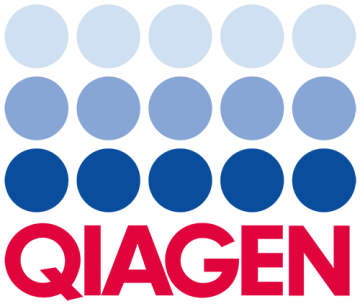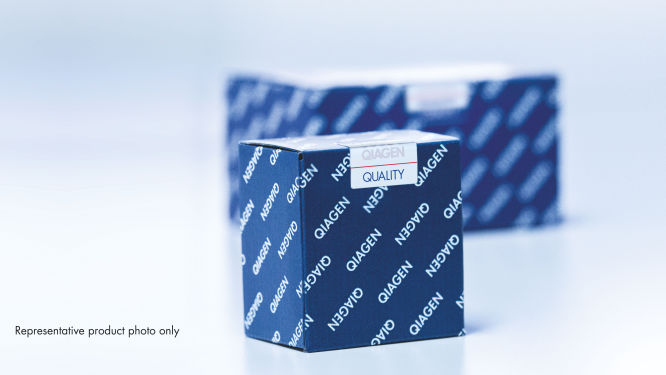
✓ 24/7 automatic processing of online orders
✓ Knowledgeable and professional Product & Technical Support
✓ Fast and reliable (re)-ordering
digene HC2 GC-ID DNA Test
undefined / ID. 5140-1330
✓ 24/7 automatic processing of online orders
✓ Knowledgeable and professional Product & Technical Support
✓ Fast and reliable (re)-ordering
Features
- High clinical sensitivity and specificity
- Signal-amplified nucleic acid test with immunoassay simplicity
- Detects both symptomatic and asymptomatic GC infections
Product Details
The digene HC2 GC-ID DNA Test is an in vitro microplate assay based on signal-amplified nucleic acid hybridization that uses chemiluminescence for the qualitative detection of Neisseria gonorrhoeae (GC) DNA from cervical specimens.
Performance
The digene HC2 GC-ID DNA Test provides high clinical sensitivity and specificity (see table).
| Method | Sensitivity | Specificity |
|---|---|---|
| Brush | 92.6% | 98.5% |
| Swab | 95.2% | 98.9% |
Principle
The digene HC2 GC-ID DNA Test is a nucleic acid hybridization assay with signal amplification that utilizes microplate chemiluminescent detection.
Specimens that contain the target DNA are hybridized with a specific GC RNA probe cocktail. The resultant RNA–DNA hybrids are captured onto the surface of a microplate well that is coated with antibodies specific for RNA–DNA hybrids. The immobilized hybrids are then reacted with alkaline phosphatase-conjugated antibodies that are specific for RNA–DNA hybrids, and are detected with a chemiluminescent substrate. Several alkaline phosphatase molecules are conjugated to each antibody. Multiple conjugated antibodies bind to each captured hybrid, resulting in substantial signal amplification. As the substrate is cleaved by the bound alkaline phosphatase, light is emitted, which is measured as relative light units (RLUs) on a luminometer. The intensity of the light emitted denotes the presence or absence of target DNA in the specimen. >
Procedure
After denaturation, the procedure can be fully automated on the Rapid Capture System through to sample detection. Detection is then carried out manually on a luminometer.

